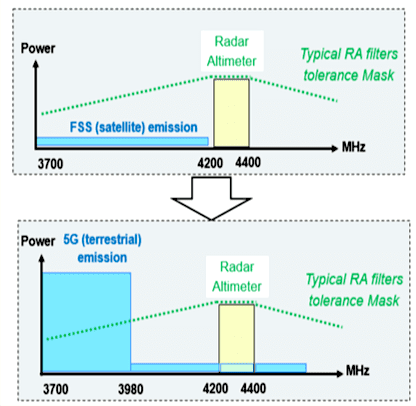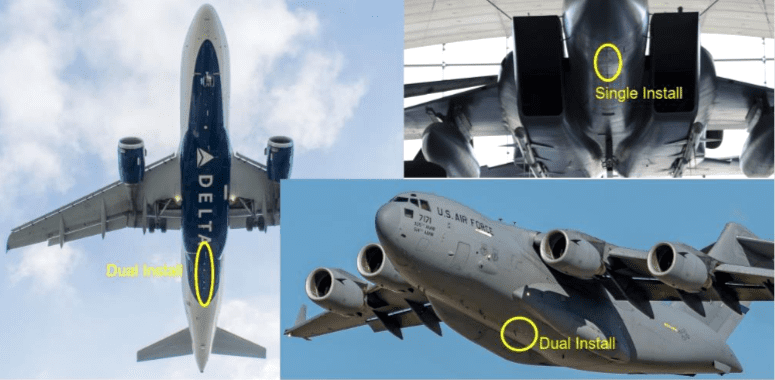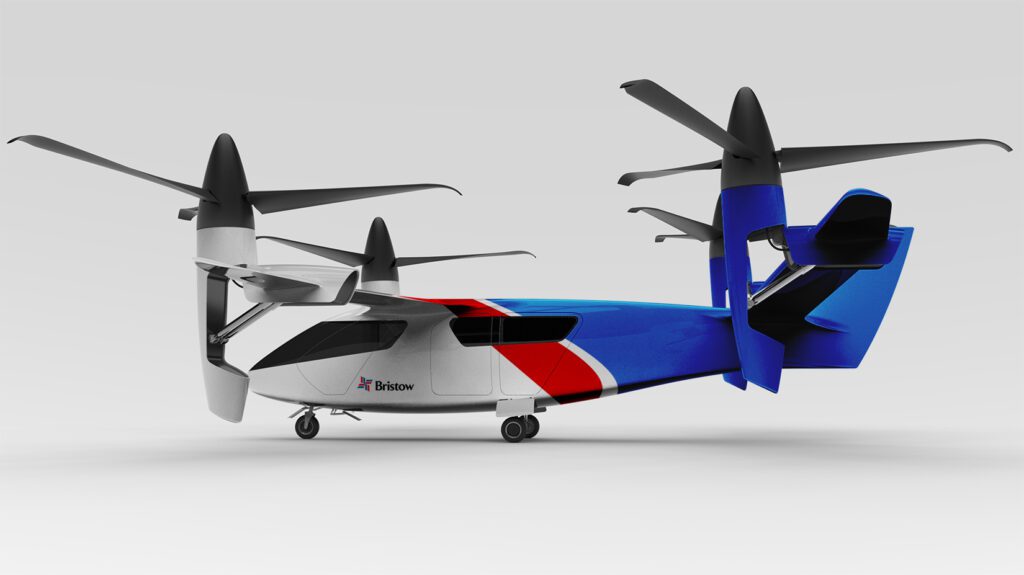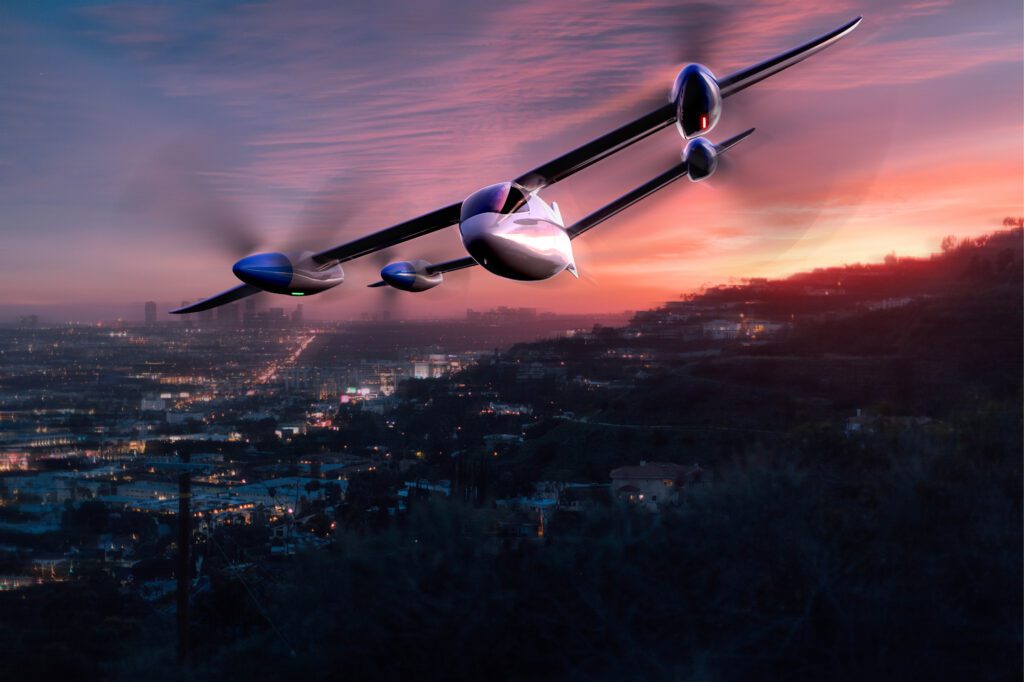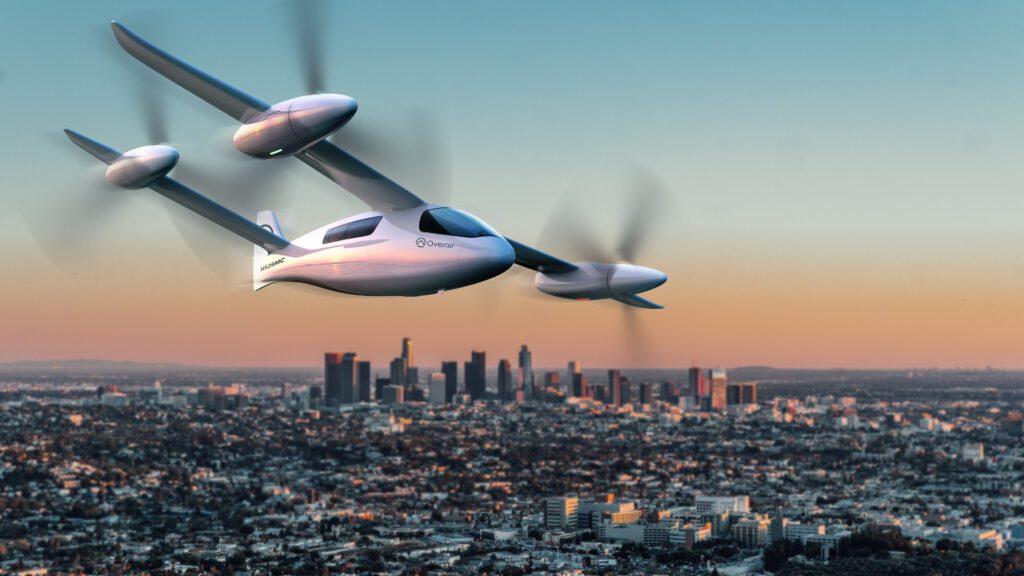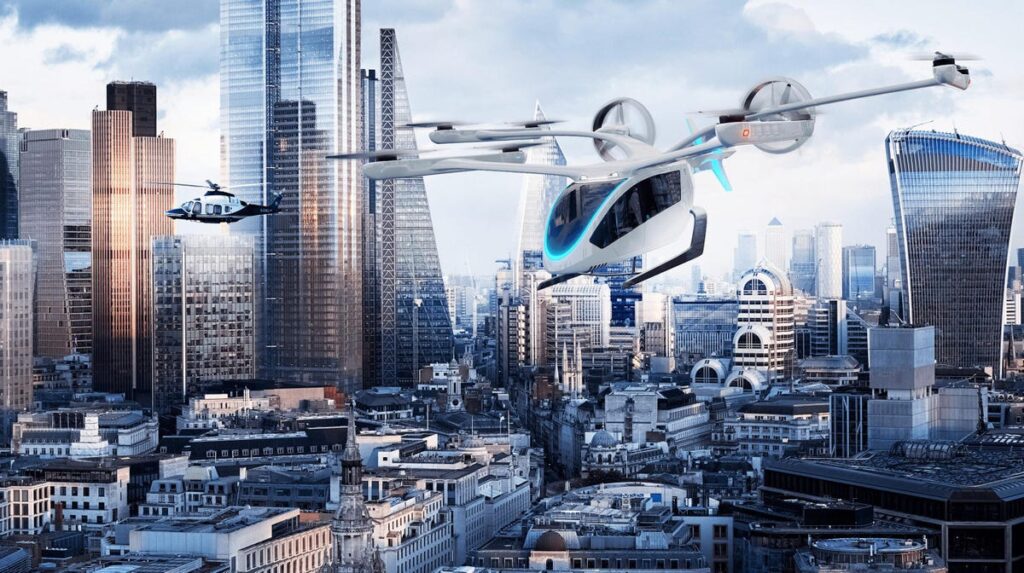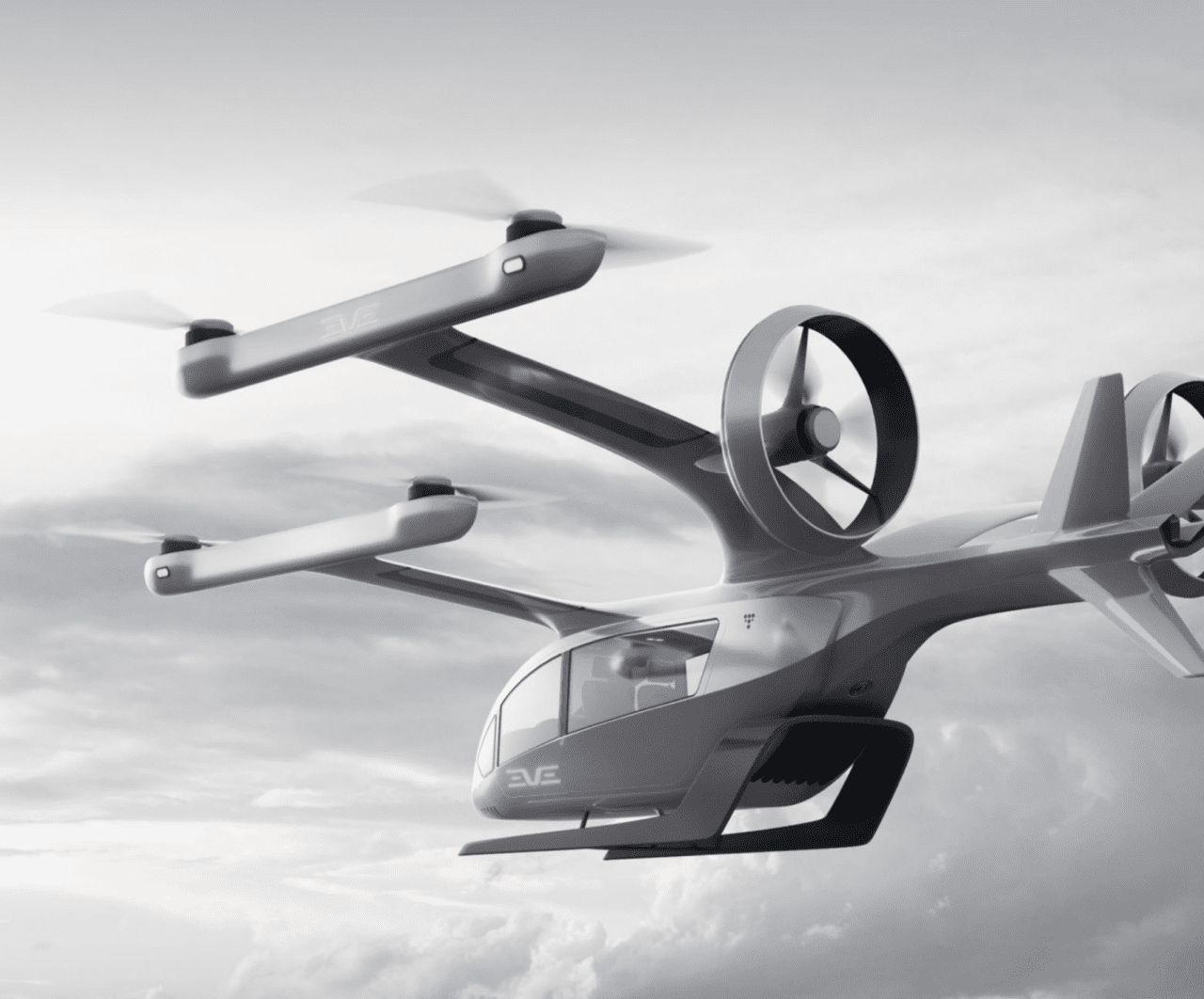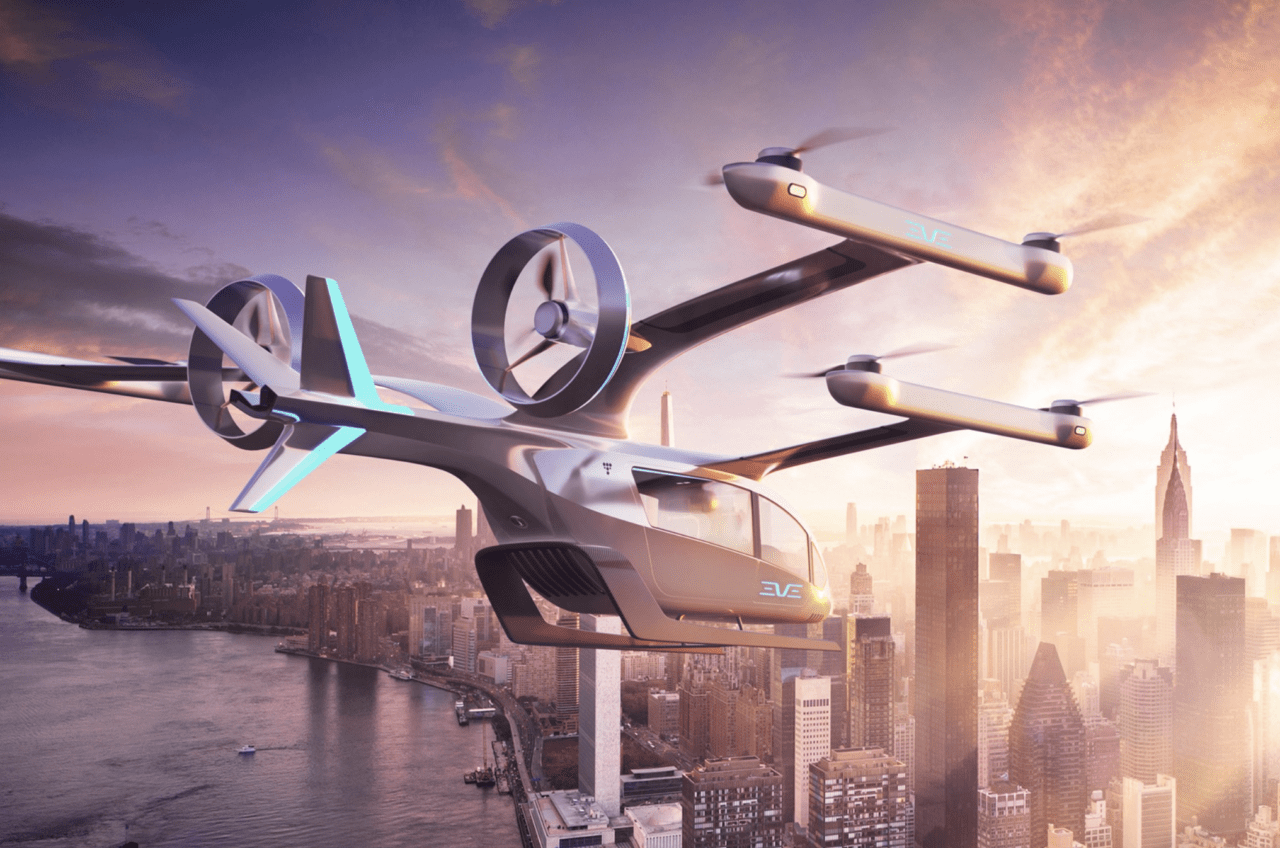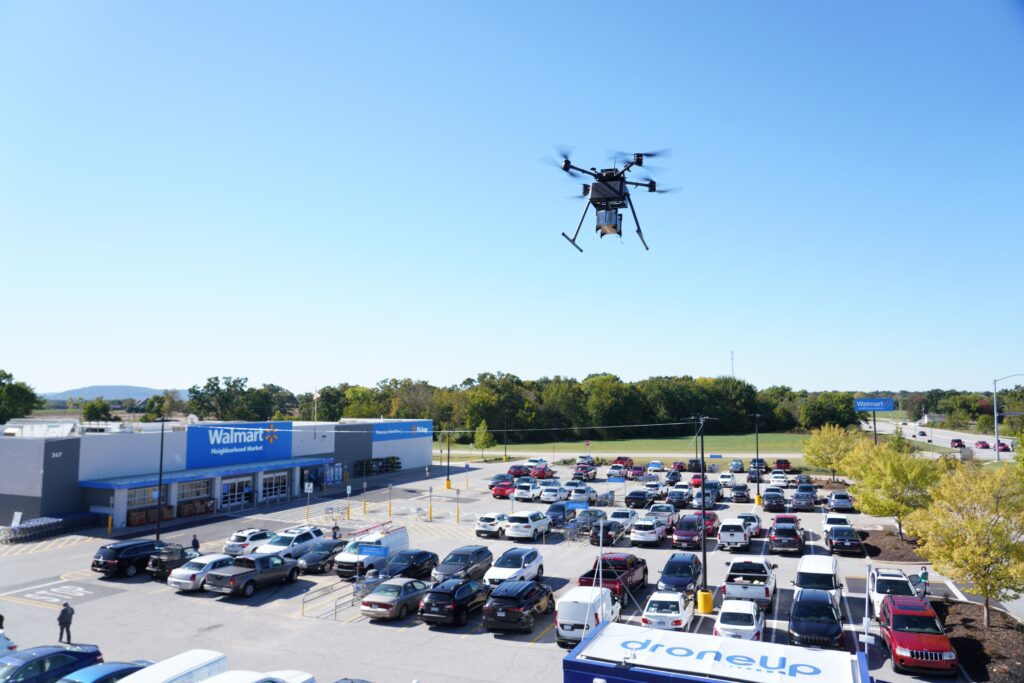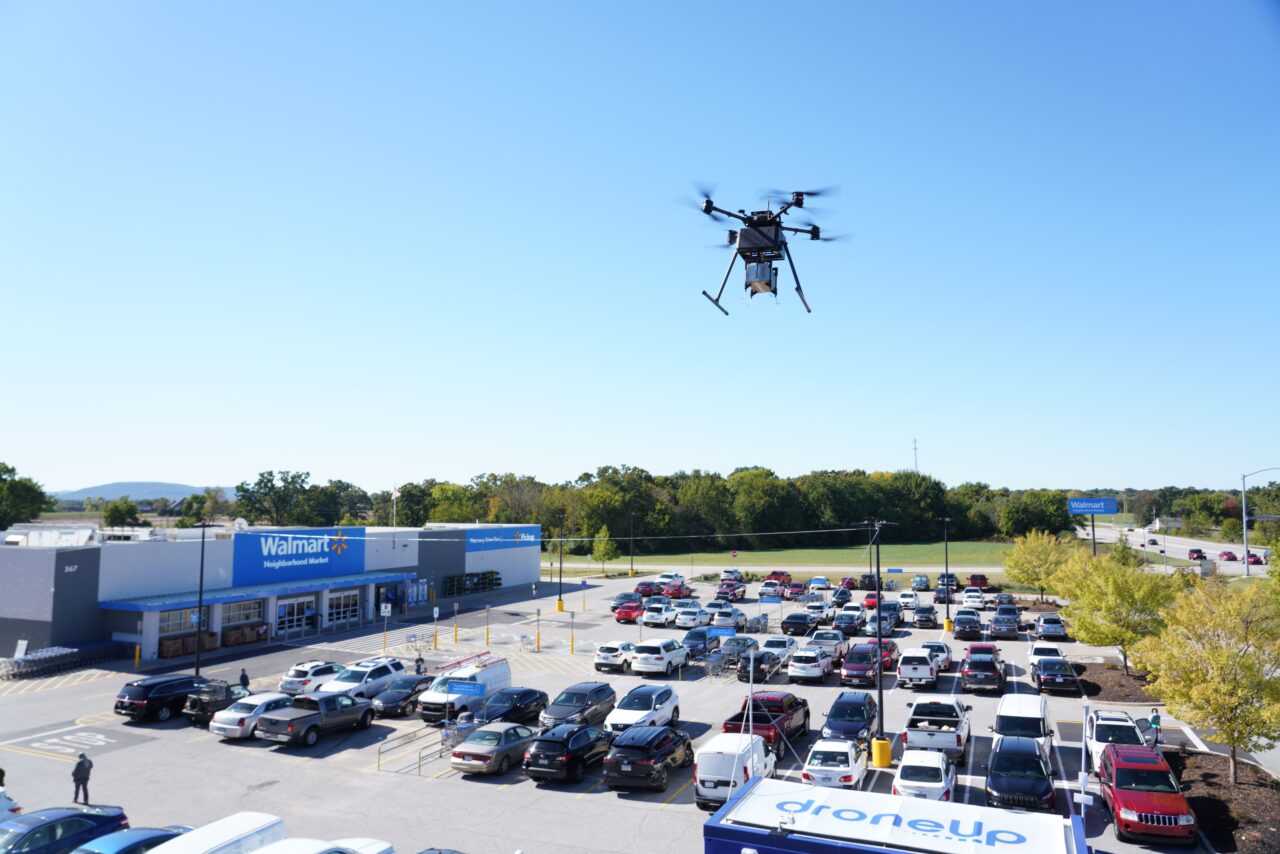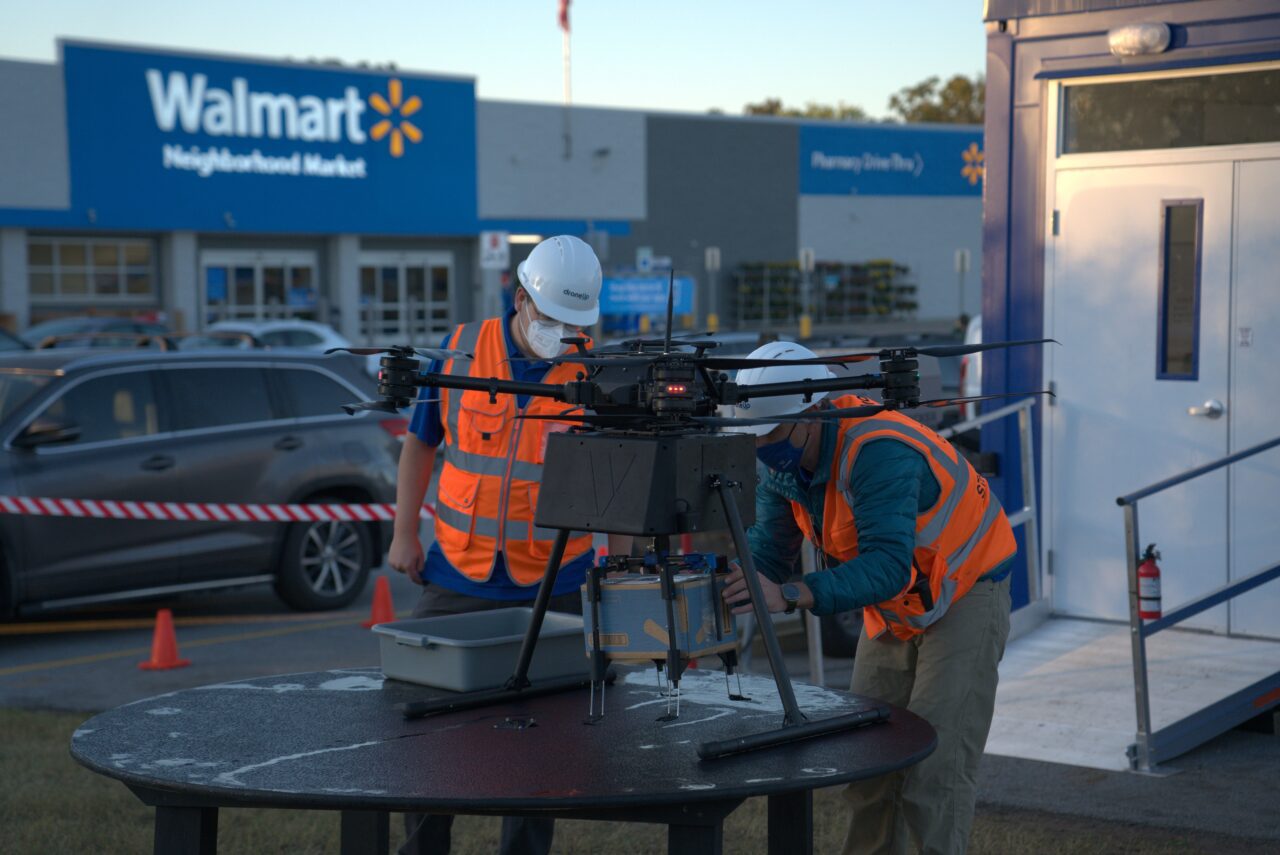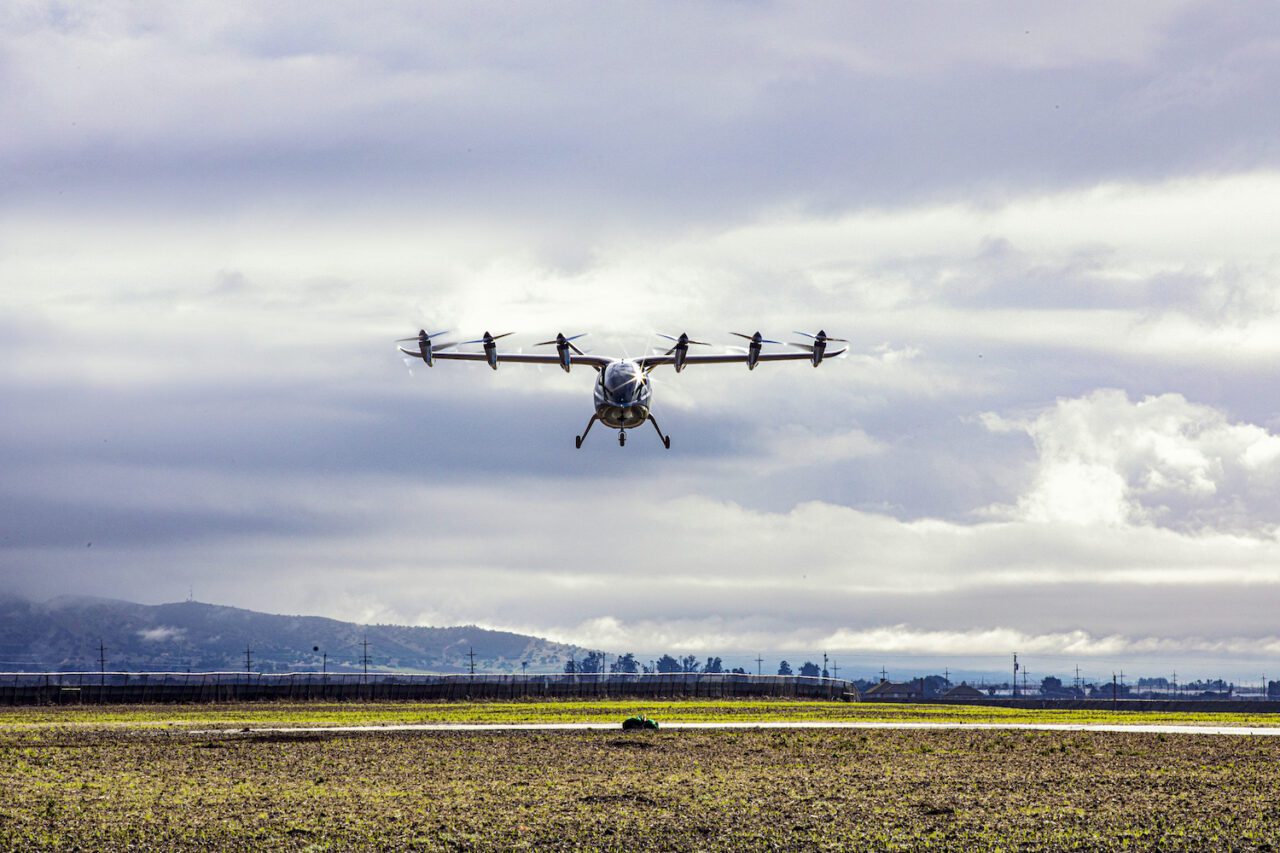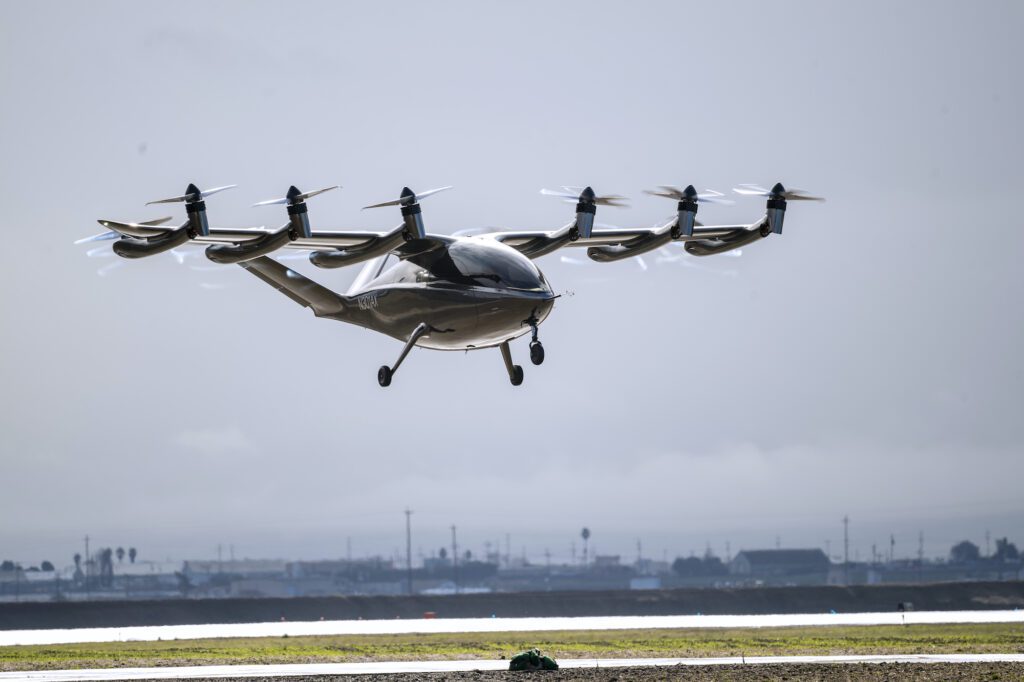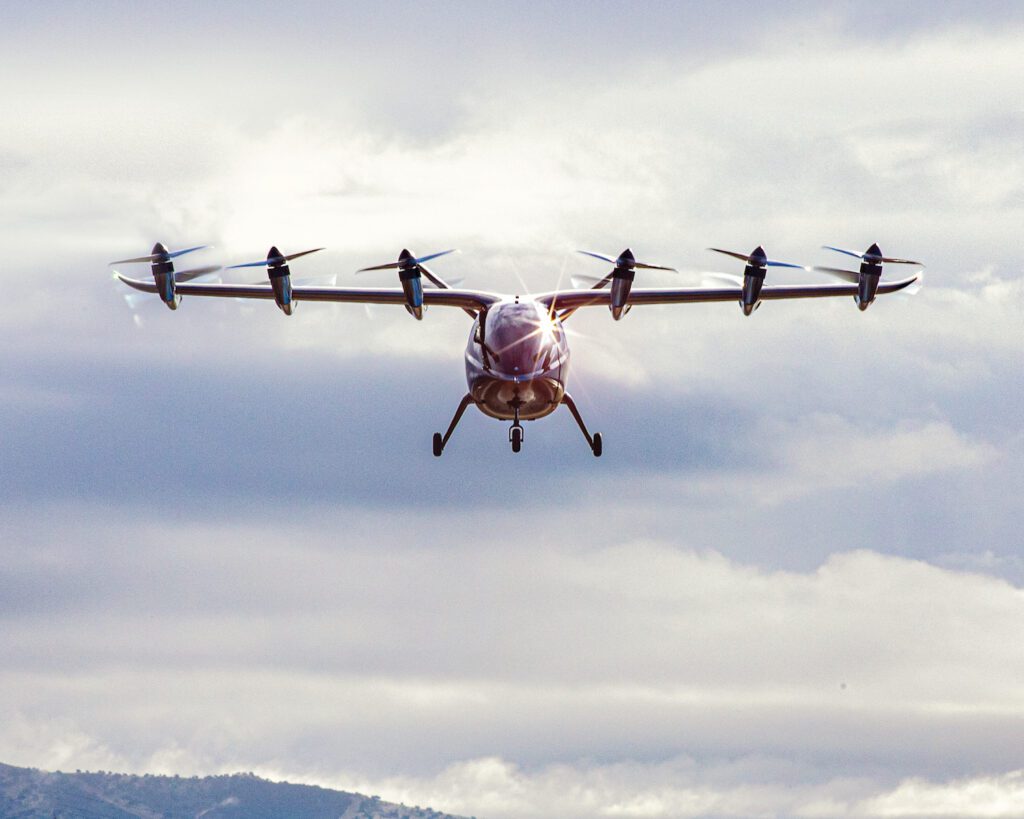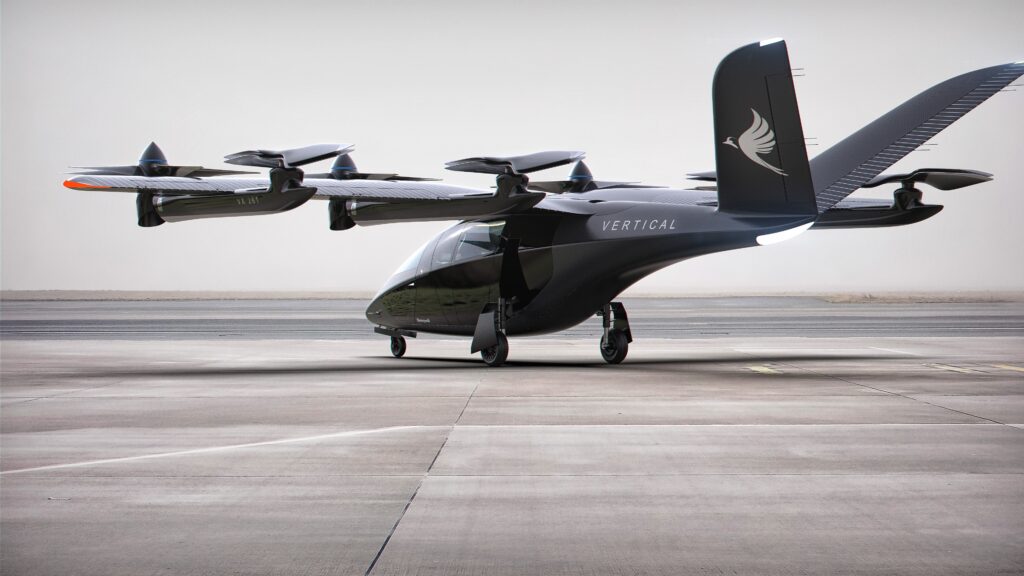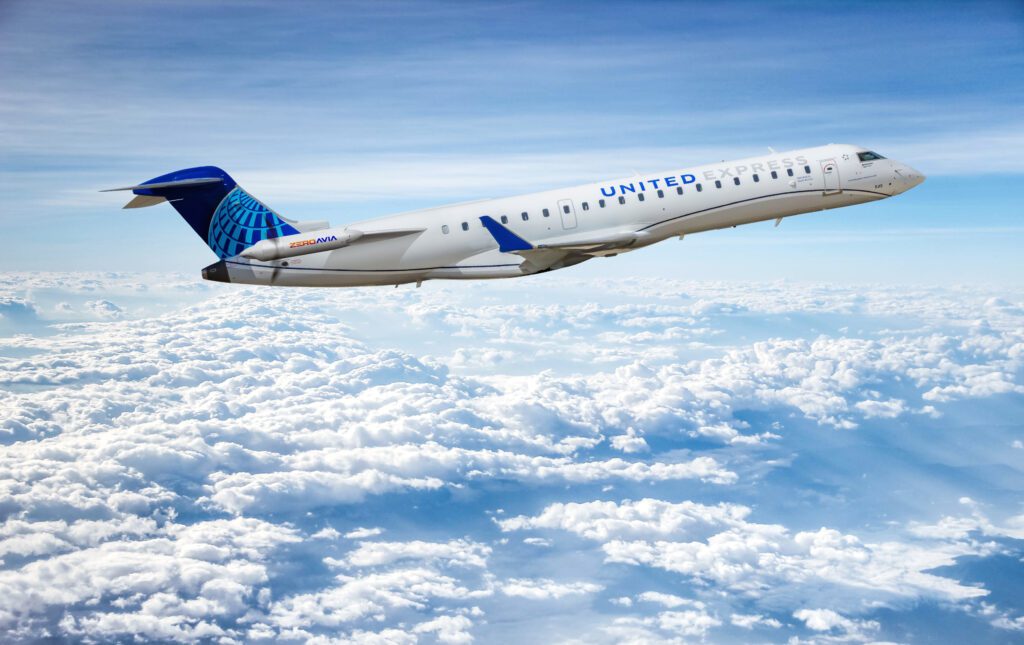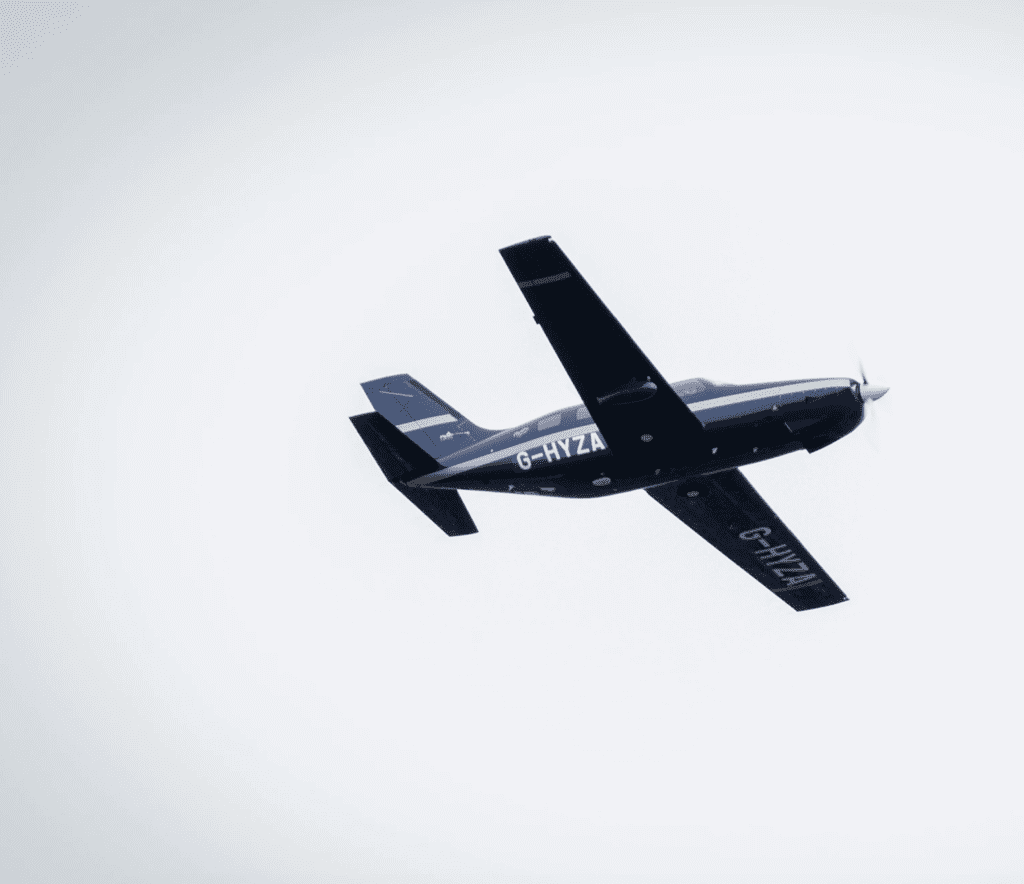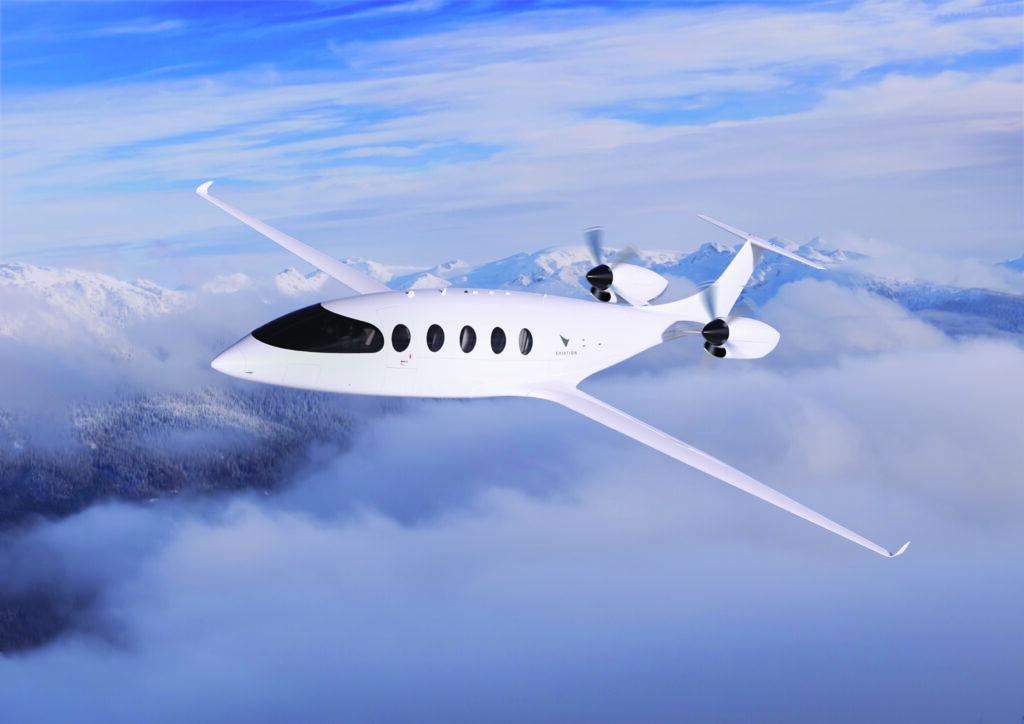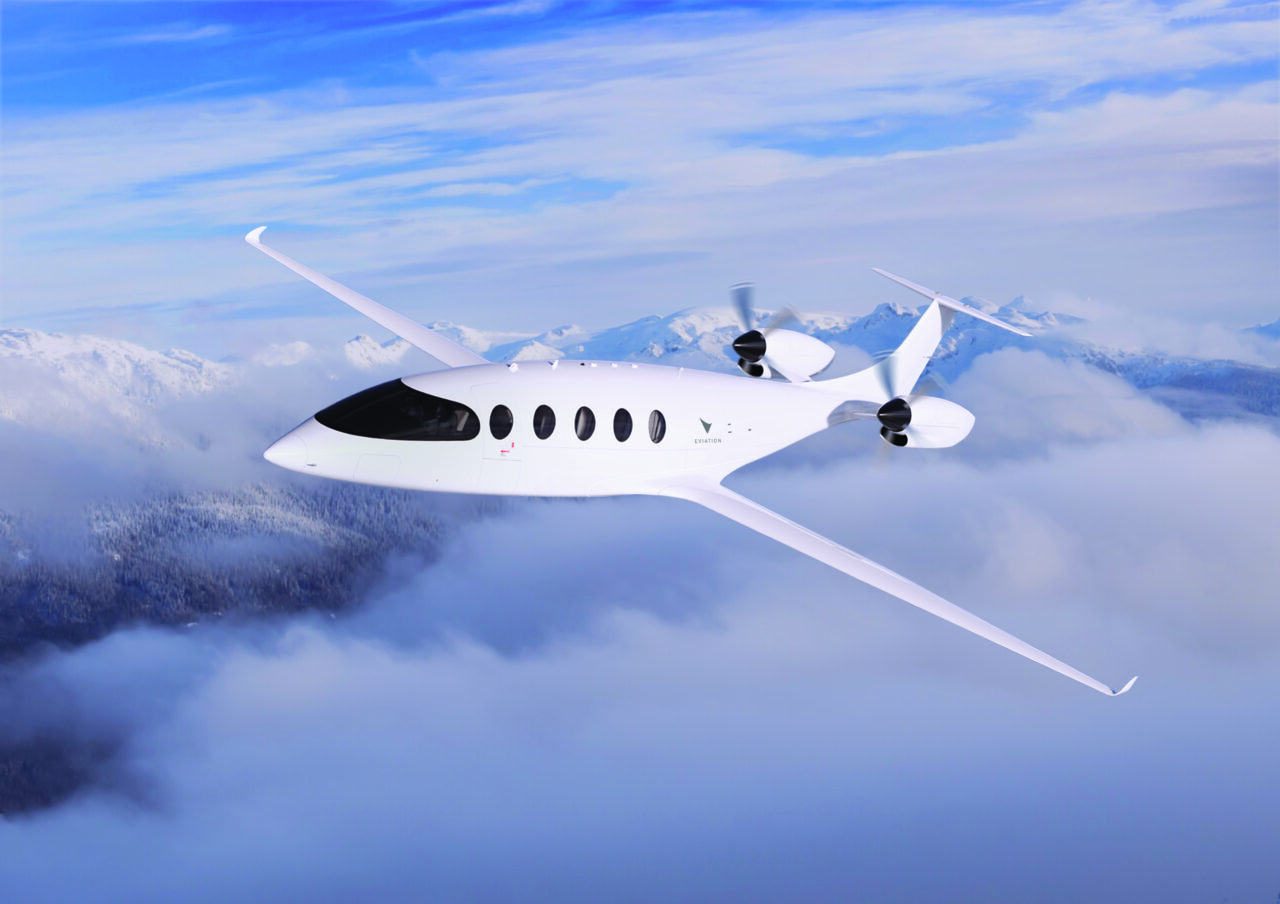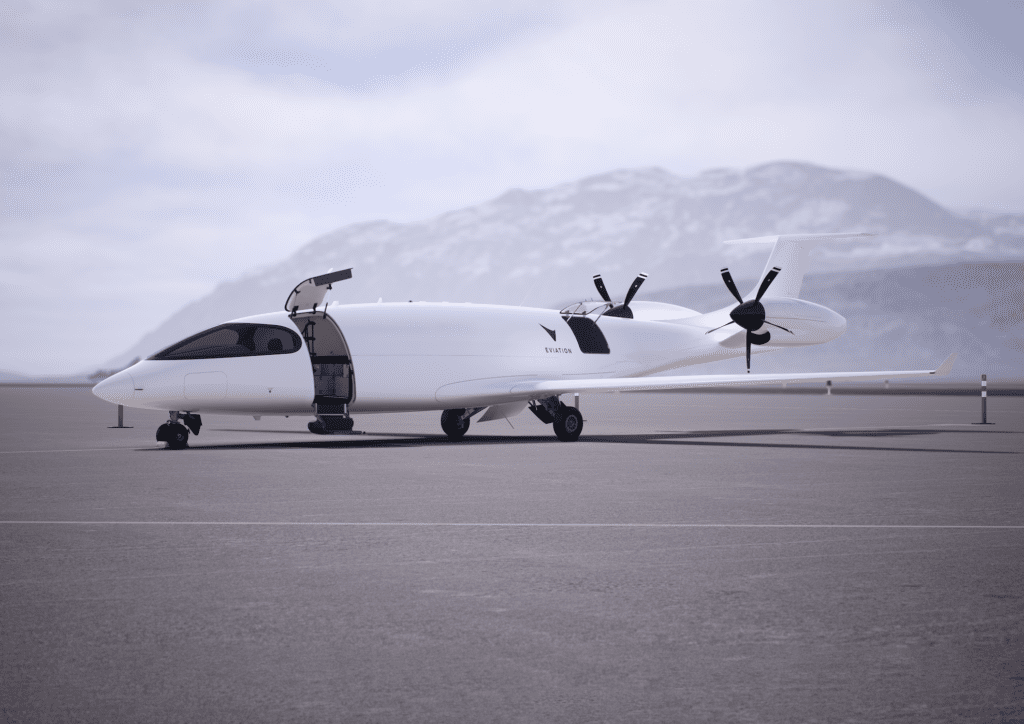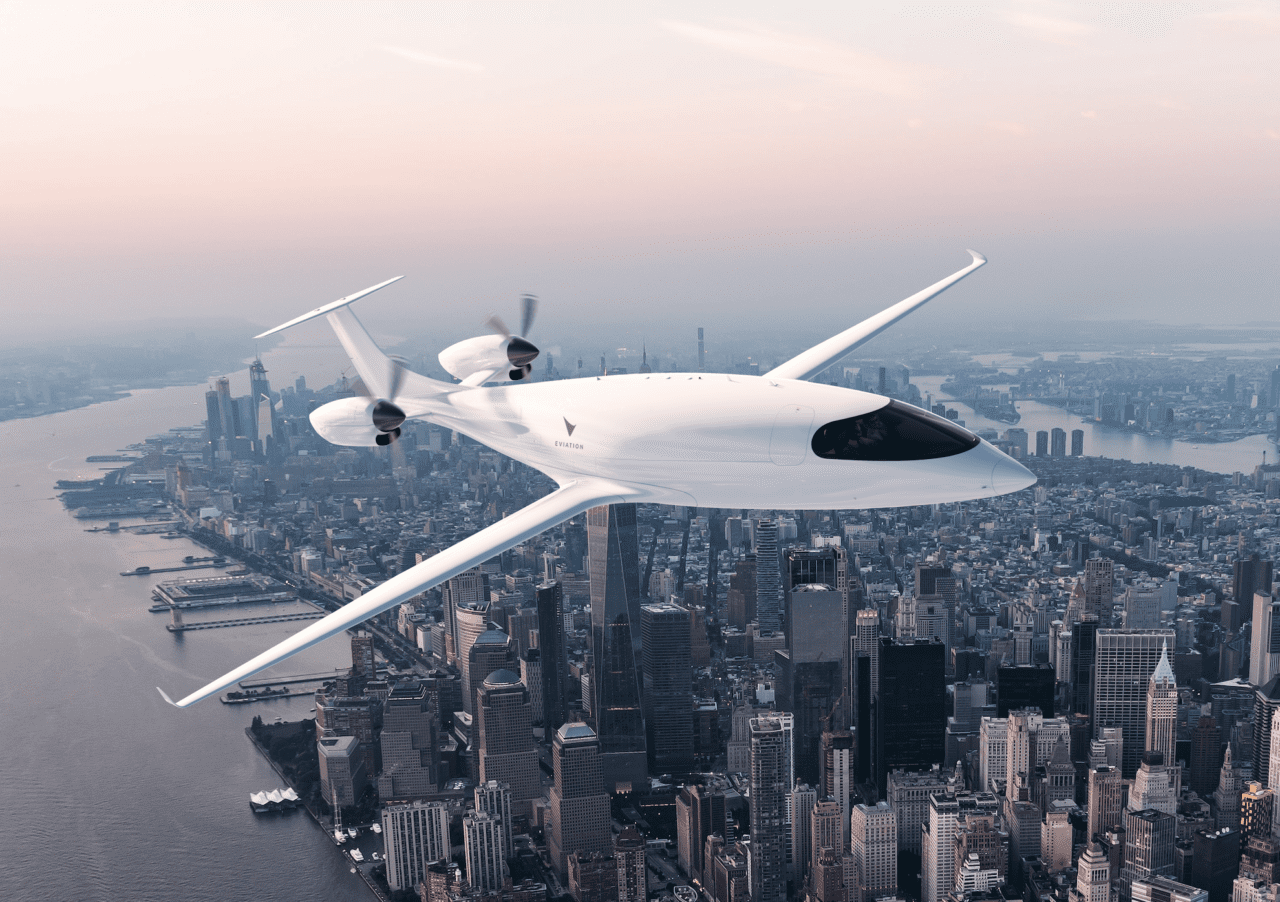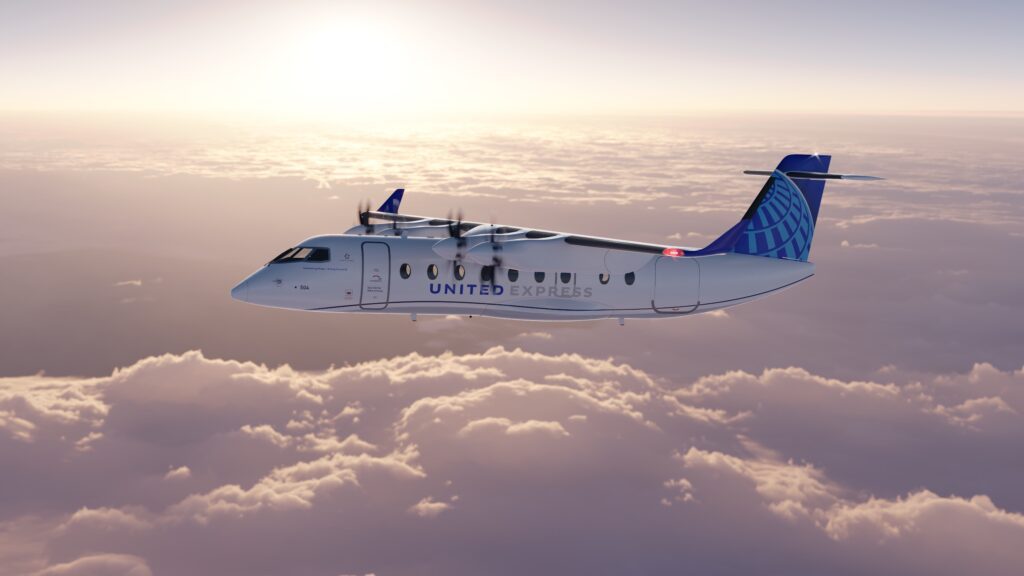The 10 Most-Read Avionics International Articles of 2021
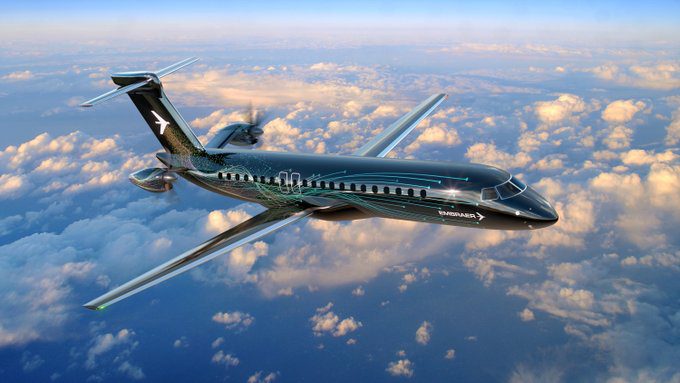
With just a few days remaining in 2021, we take a look back at our 10 most-read articles of 2021, a year in which new display-driven avionics technologies and electric vertical takeoff and landing (eVTOL) development programs advanced in various ways.
This list is compiled based on the use of a content analytics tool that analyzes new website visitors and page views for our website. Check out the list below.
10. Meet Anthem: Honeywell’s First Cloud-Native Cockpit System
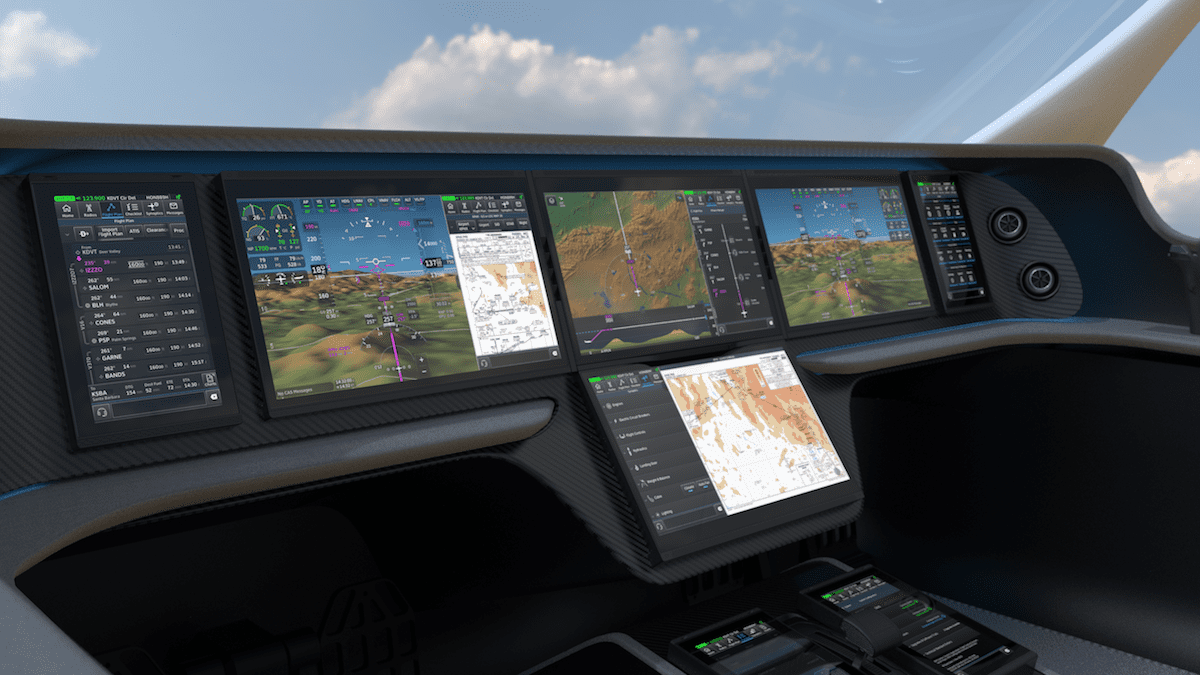
During an unveiling event in October, Honeywell Aerospace launched its first-ever cloud native cockpit avionics system, “Anthem.” The new system replaces the traditional concept of an aircraft electronics bay with cloud-based data storage and display-centered computing and processing. Anthem has already been selected by Lilium, the Munich-based electric vertical takeoff and landing (eVTOL) developer, as the cockpit system for its 7-Seater Lilium Jet. Separately, Bristol, U.K.-based Vertical Aerospace will also use Anthem as the cockpit system for their VA-1X all-electric air taxi. Lilium expects to achieve type certification for the 7-Seater by 2023, while Vertical Aerospace is right behind them projecting a 2024 timeline for certification.
9. Airbus Unveils New eVTOL Aircraft

Diehl Aerospace and Thales are supplying the flight control computers for the CityAirbus NextGen eVTOL aircraft. (Airbus)
Airbus announced the new version of its CityAirbus electric vertical takeoff and landing (eVTOL) aircraft for the urban air mobility market, CityAirbus NextGen, at its Pioneering Sustainable Aerospace Summit on Sept. 21. The new CityAirbus NextGen comes after years of development with the company’s demonstrator aircraft Vahana and CityAirbus. The NextGen version has a distributed propulsion system powered by eight electrical-powered propellers, a V-shaped tail, and fixed wings. It will have zero emissions and be capable of carrying four passengers.
Airbus plans to fly a prototype of the CityAirbus NextGen by 2023. They are also predicting certification by 2025.
8. Project Mosquito Provides £30 Million Investment for UK Fighter Drone
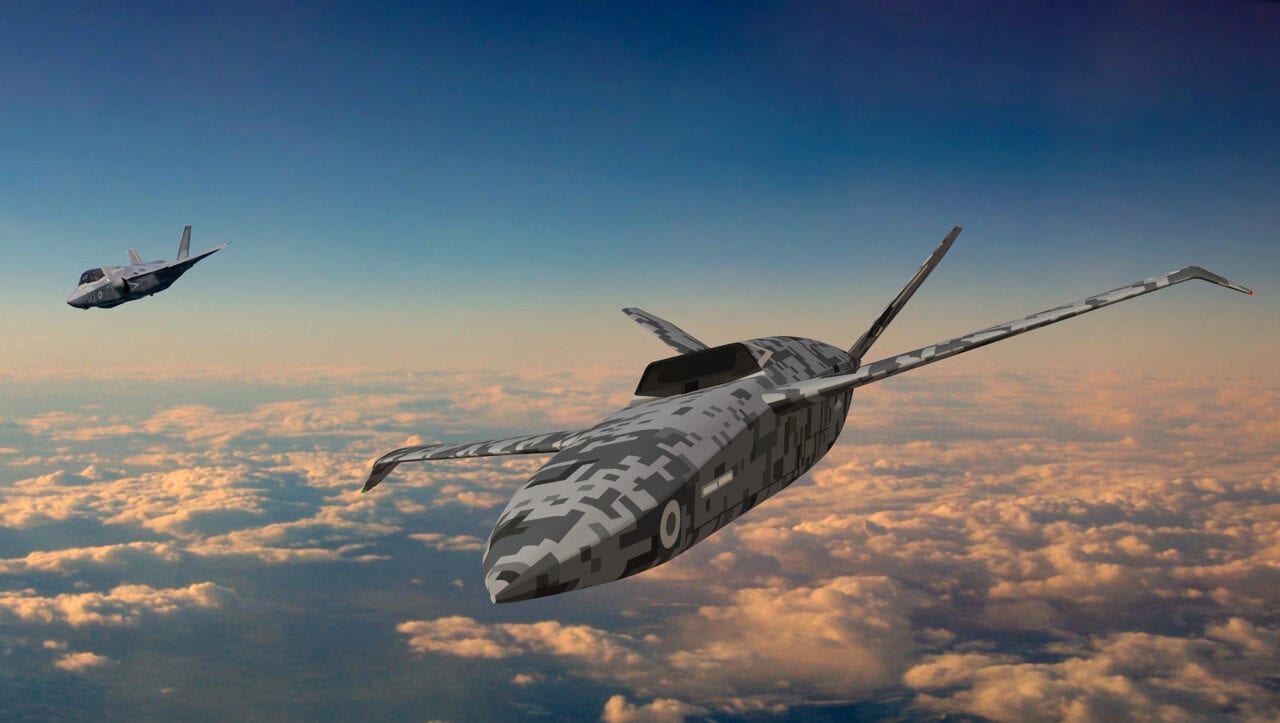
The goal of Project Mosquito is to create a demonstrator for the RAF’s Lightweight Affordable Novel Combat Aircraft (LANCA) concept with flight tests by the end of 2023. (Spirit AeroSystems)
In January, the U.K.’s Ministry of Defense has awarded a £30 million contract to Spirit AeroSystems in Belfast to lead Project Mosquito which will design and manufacture a prototype for the UK’s first fleet of unmanned fighter aircraft, according to the Royal Air Force (RAF). The goal of Project Mosquito is to create a demonstrator for the RAF’s Lightweight Affordable Novel Combat Aircraft (LANCA) concept with flight tests by the end of 2023.
7. Sustainable Aviation Fuels Aren’t Sustainable, Not Yet at Least
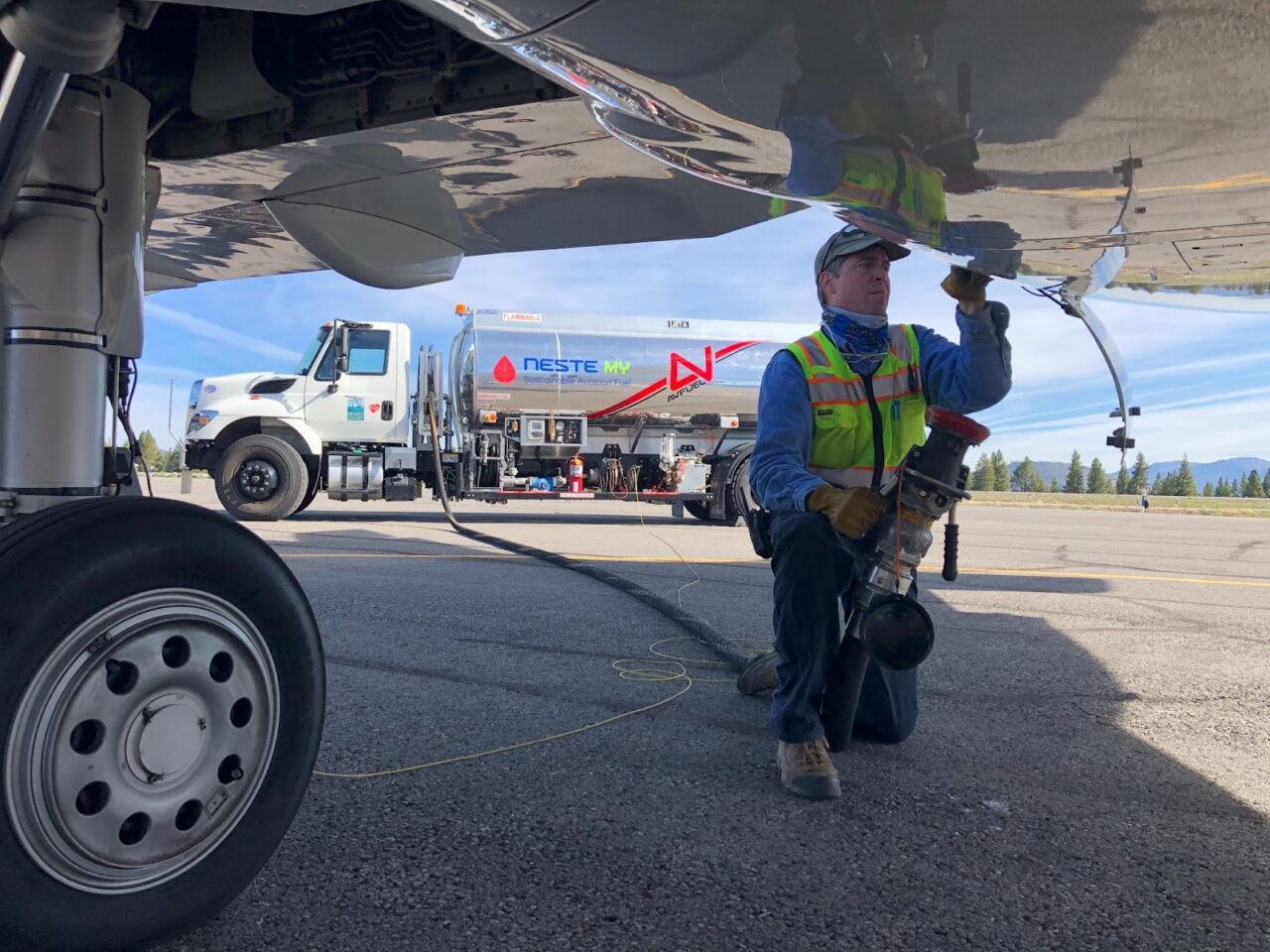
Neste is creating SAF from used cooking oils. (Neste)
While the aviation industry has found an environmentally sustainable technology in SAF, the technology to produce it is not yet economically sustainable. SAF currently costs four times as much as conventional jet fuel and it makes up less than one percent of fuel available in the market. In this article, we show what will be required to make the production of sustainable aviation fuel (SAF) economically viable.
6. New Dassault Falcon 10X Flight Deck Includes Eight Touchscreen Displays

The flight deck of the new Falcon 10X. (Dassault Aviation)
Dassault used a combination of augmented and virtual reality to unveil their new long-range business jet, Falcon 10X, during a May 6 program launch ceremony broadcasted from their hangar at Le Bourget.
Falcon 10X is Dassault’s direct competitor to the newest large-cabin jets from Gulfstream and Bombardier, the G700 and Global 7500. With a range of 7,500 nautical miles, it will become the first Dassault business jet to be powered by Rolls-Royce engines. Dassault executives and pilots gave an overview of the jet’s new design features using virtual reality to show what the real 10X will look like when it enters service, which the French aerospace and defense manufacturer expects to occur by the end of 2025.
5. Airbus is Developing a New Enhanced Flight Vision System Option for A320s
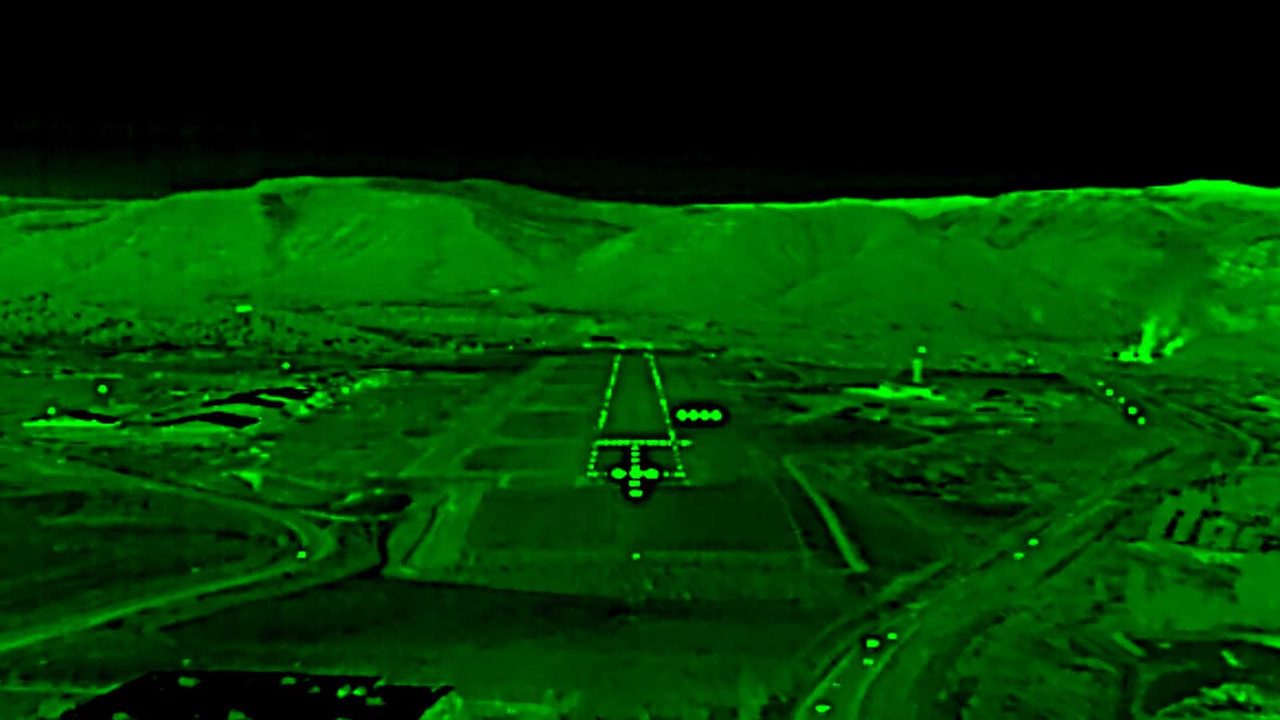
Airbus has selected an enhanced vision system sensor from Collins Aerospace as part of an enhanced flight vision system that they’re developing as an option for A320s. (Collins Aerospace)
Airbus is developing a new enhanced flight vision system (EFVS) for its A320 family of aircraft that will eventually be adapted to other models. Representatives from the aircraft manufacturer’s headquarters in Toulouse confirmed the development of the new system with Avionics International in this article from September.
4. Joby Aviation Agrees to eVTOL Certification Requirements with FAA
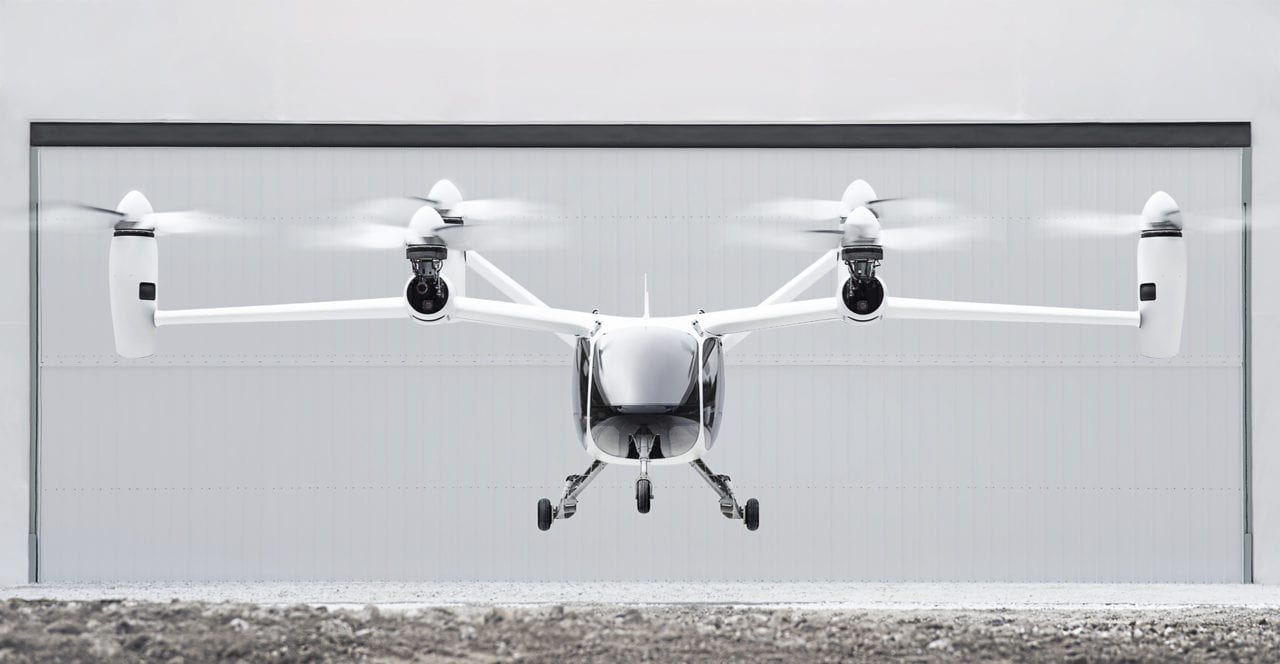
(Joby Aviation)
Joby Aviation has agreed to G1 certification conditions with the Federal Aviation Administration (FAA) for its electric vertical take-off and landing (eVTOL) aircraft, the company announced on Feb. 9. Since then, the program has advanced further along the certification path, as leadership from Joby explained during a third-quarter earnings call.
3. Raytheon Technologies To Acquire Flight Tracking Company FlightAware

In August, Raytheon Technologies announced it would acquire FlightAware, which provides global flight tracking services and analytics to a range of customers including airlines, airports, and government.
2. Sixth Flight Test of XQ-58A Valkyrie Features First Weapons Bay Release
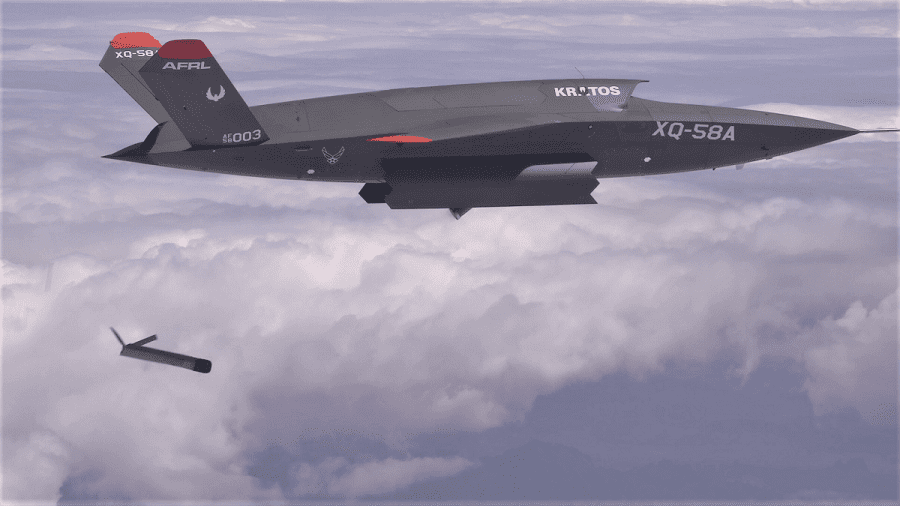
The Kratos XQ-58A Valkyrie releases the ALTIUS-600 small UAS in a test at the U.S. Army Yuma Proving Ground Ariz. test range on March 26—a test that marked the first time that the Valkyrie’s weapons bay doors have been opened in flight. (AFRL Photo)
The Air Force Research Laboratory (AFRL) on March 26 conducted the sixth flight test of the Kratos XQ-58A Valkyrie drone at Yuma Proving Ground, Ariz.–a demonstration that featured the launching of an Area-I ALTIUS-600 small unmanned aircraft system (SUAS) from the Valkyrie’s internal weapons bay in what AFRL said was the first opening of the Valkyrie’s weapons bay.
1. Embraer Studying Next Generation Turboprop Concept for Regional Airline Market

Our most-read article of 2021 covers Brazilian aircraft maker Embraer’s intention to develop a next-generation turboprop aircraft with rear-mounted engines and a “jet-like” passenger experience. The next-generation turboprop design was one of several concepts and new sustainability goals outlined by Embraer during an August webcast.
Along with the next-generation turboprop, Embraer has a goal of making its aircraft 100 percent compatible with sustainable aviation fuel by 2030. Other goals include a 50 percent reduction in overall carbon emissions generated by their aircraft by 2040 and net zero emissions by 2050.
The post The 10 Most-Read Avionics International Articles of 2021 appeared first on Aviation Today.
—————
Boost Internet Speed–
Free Business Hosting–
Free Email Account–
Dropcatch–
Free Secure Email–
Secure Email–
Cheap VOIP Calls–
Free Hosting–
Boost Inflight Wifi–
Premium Domains–
Free Domains










